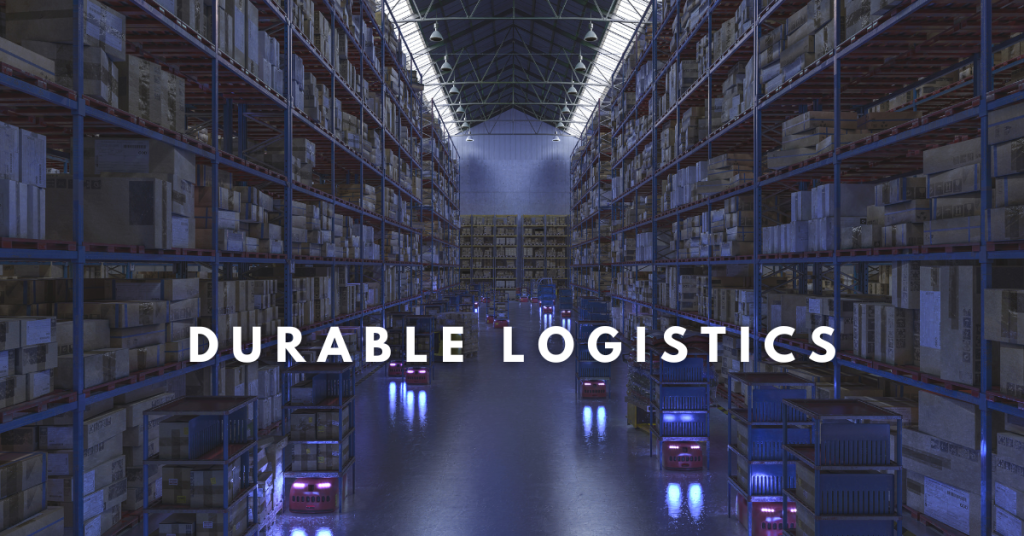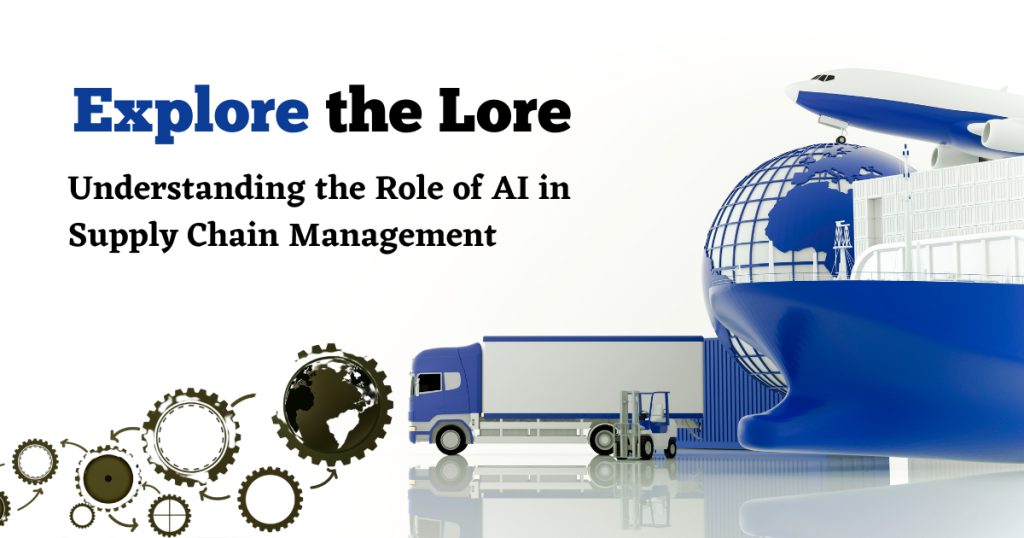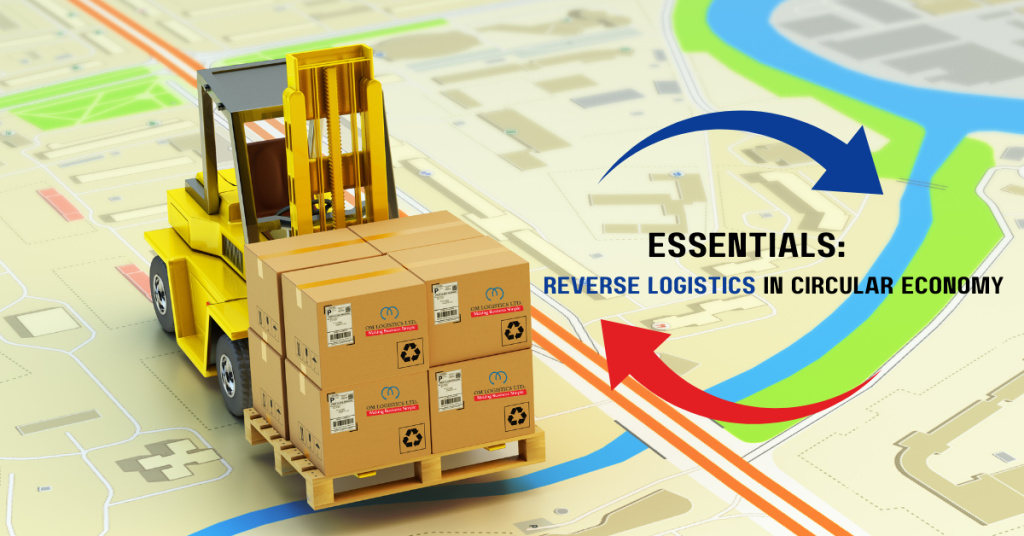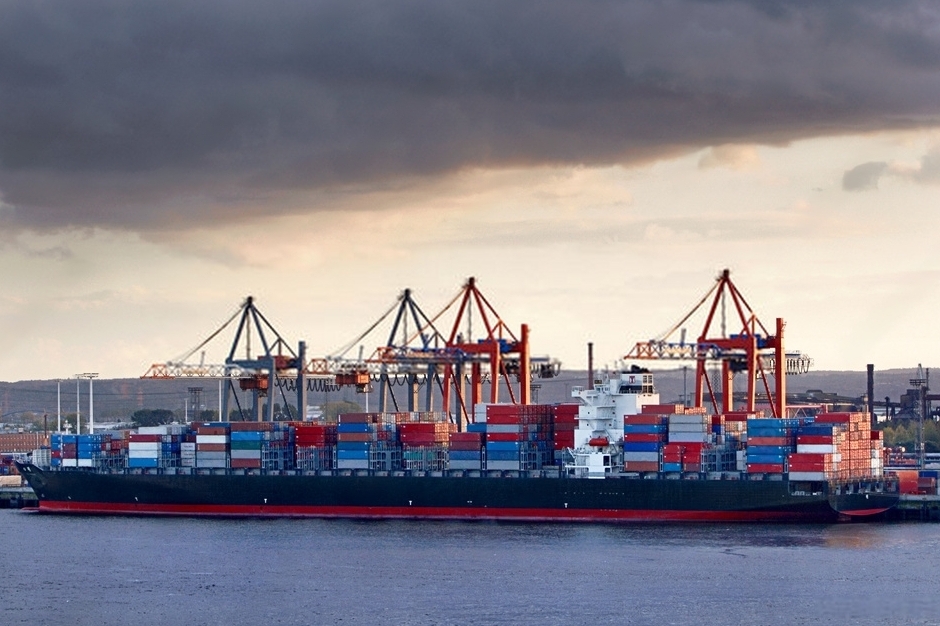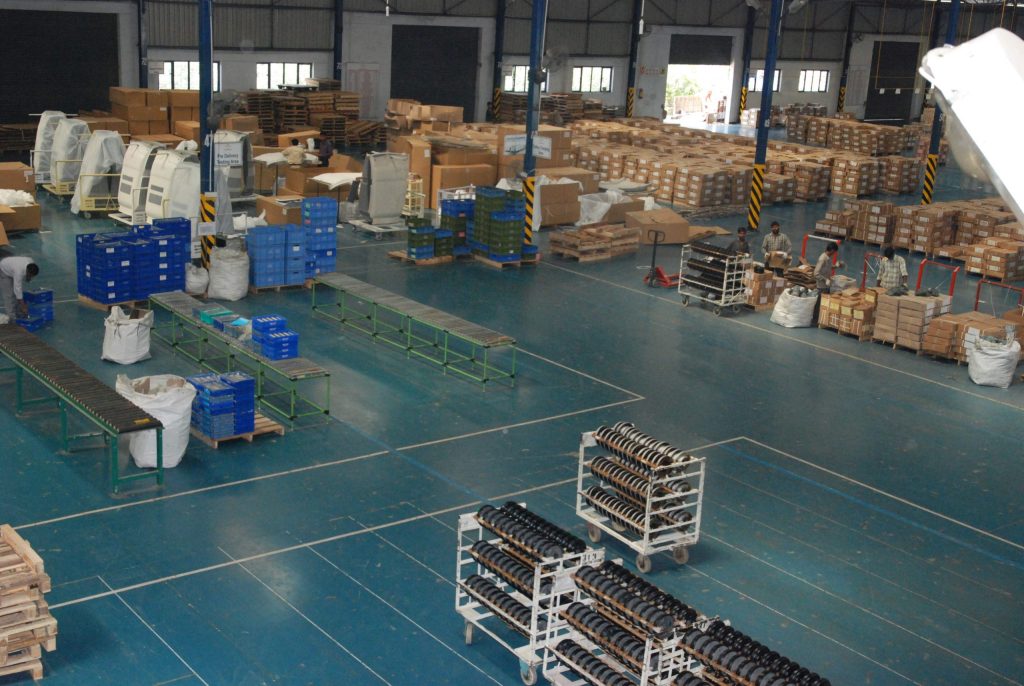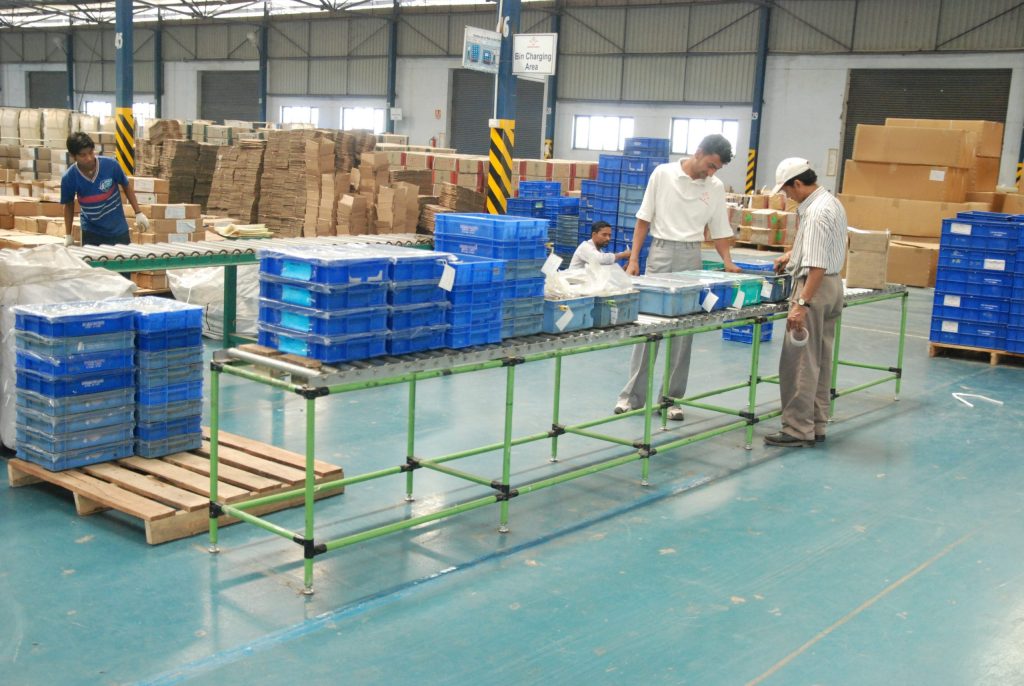OM Logistics: Mastering end-to-end logistics
Let’s dive into the depths of logistics mastery with OM Logistics and discover how they use customized solutions to overcome a variety of challenges. Their commitment to efficiency and technology ensures on-time delivery, exceeding customer expectations across industries, from automotive to retail. Read more
OM Logistics: Mastering end-to-end logistics Read More »

